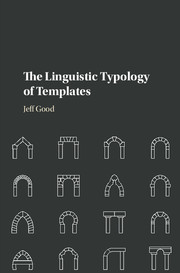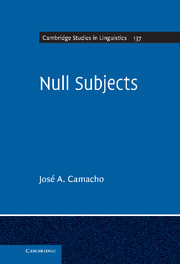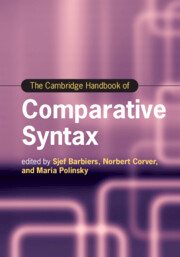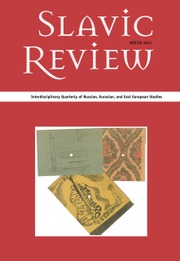The Linguistic Typology of Templates
This book represents the first comprehensive examination of templatic constructions - namely, linguistic structures involving unexpected linear stipulation - in both morphology and syntax from a typological perspective. It provides a state-of-the-art overview of the previous literature, develops a new typology for categorizing templatic constructions across grammatical domains, and examines their cross-linguistic variation by employing cutting-edge computational methods. It will be of interest to descriptive linguists seeking to gain a better sense of the diversity of the world's templatic constructions, theoretical linguists developing restrictive models of possible templates, and typologists interested in the attested range of patterns of linear stipulation and the application of new kinds of multivariate methods to cross-linguistic data. The new typological framework is illustrated in detail via a number of case studies involving languages of Africa, Europe, Asia, and the Americas, and numerous other templatic constructions are also considered over the course of the book.
- The first comprehensive overview of cross-linguistic variation in templatic constructions across morphology and syntax
- Introduces readers to cutting-edge methods in linguistic typology
- A valuable reference work on state-of-the-art linguistic research in this area
Reviews & endorsements
'This book serves as an important gateway into a more productive cross-linguistic understanding of these constructions across a broad range of structural domains. It will quickly become a standard reference for typological investigations of seemingly unrelated templatic phenomena.' Kristine A. Hildebrandt, Southern Illinois University, Edwardsville
Product details
March 2016Hardback
9781107015029
340 pages
235 × 158 × 22 mm
0.64kg
63 b/w illus. 25 tables
Available
Table of Contents
- 1. Defining template
- 2. A typological description language for templates
- 3. Typologizing templates: case studies
- 4. Typologizing templates: comparison
- 5. Moving forward.






